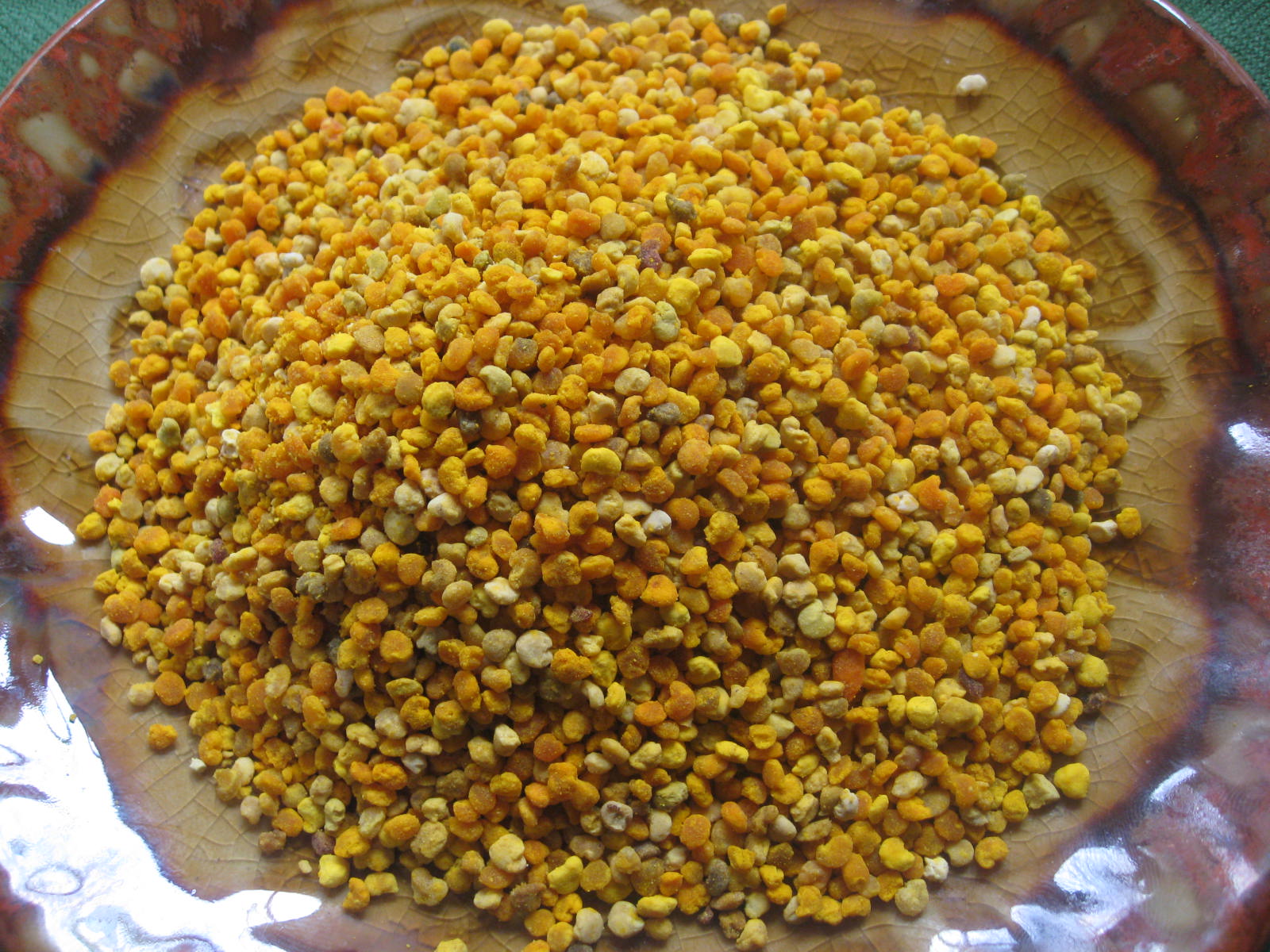

It differs from field-gathered pollen as honeybee secretions induce a fermentation process, where biochemical transformations break down the walls of flower pollen grains and render the nutrients more readily available. In honeybees ( Apis species) pollen is stored in the chambers of the hives. Details Vertical dissection of cells from a comb, showing the packing of different types of pollen over time

Bee pollen is harvested as food for humans and marketed as having various, but yet unproven, health benefits.

Bee pollen is stored in brood cells, mixed with saliva, and sealed with a drop of honey. It consists of simple sugars, protein, minerals and vitamins, fatty acids, and a small percentage of other components. Ball of pollen gathered by worker honeybees Honeybee with pollen baskets A pollen trap Fresh bee pollen Frozen bee pollen, a human food supplement Bee bread: the bee pollen stored in the combsīee pollen, also known as bee bread and ambrosia, is a ball or pellet of field-gathered flower pollen packed by worker honeybees, and used as the primary food source for the hive.


 0 kommentar(er)
0 kommentar(er)
